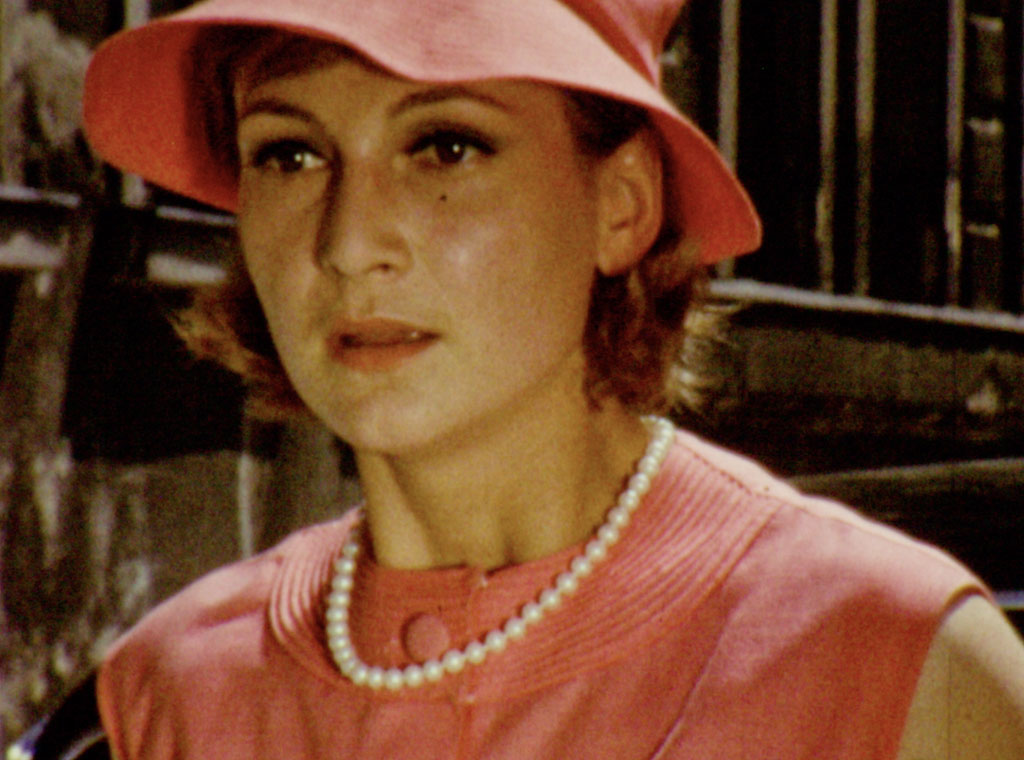Amateur Film Archeology. Excavations in modern visual culture
Project Funding: FWF Austrian Science Fund, P 23093-G21
Project Duration: 01.02.2011–31.01.2013
Project Lead: Siegfried Mattl (LBIGG)
Project Team: Karin Fest (LBIGG); Carina Lesky (LBIGG); Vrääth Öhner (tfm | Department for Theater, Film and Media Studies at the University of Vienna; LBIGG); Christiana Perschon (LBIGG); Ingo Zechner (LBIGG)
Project Partner: Ludwig Boltzmann Institute for History and Society (LBIGG); Austrian Film Museum; Kinothek Asta Nielsen, Frankfurt am Main; University of Siegen, Chair of Media History (Susanne Regener)
The project “Amateur Film Archeology. Excavations in modern visual culture” was an exploratory and analytical project that for the first time systematically and historically investigated a field of cinematic forms of expression and practices – the amateur film – that has hardly been considered by international film and cultural studies research.
For this purpose, we had access to a roughly pre-structured collection of around 7,000 rolls of amateur film from the Austrian Film Museum, which seems particularly suitable for basic research because it contains extremely diverse cinematic documents with regard to the film material used, the period of origin, the address of the audience as well as the “authorship”: These range from rare early amateur feature films and a collection of amateur films with a focus on the twenties and thirties, to biographically reconstructable family films, to a cinematic estate that is unique in the context of amateur film (Apfeltaler Collection, around 150 reels, including family films, utility films, current affairs); from complexly constructed cultural films to a comprehensive special collection of flea market finds of highly diverse provenance (Arash Collection, ca. 1930 to 1980).
The aim of the research project was to historically reconstruct the themes, motif complexes and aesthetic forms handed down in the collection in their given heterogeneity and to relate them to the cultural practices of which they are the result and expression. In this way, the project met two demands that have been repeatedly voiced in the theorisation of amateur film: Firstly, the demand to extend the study of the cultural practices of amateur film from family films to the productions of so-called ambitious amateurs. On the other hand, to do this with a view to the historical development of the aesthetic forms, namely to be able to determine which influencing factors – technological developments, socio-historical aspects and intermedial references – determine their genesis. Last but not least, the study aimed to uncover the wealth of factual, historical, social and material information about the visual culture of modernity that amateur film contains, to develop the methodological and analytical tools for this purpose and to expand them on an empirical basis and make the information accessible to academic research.
